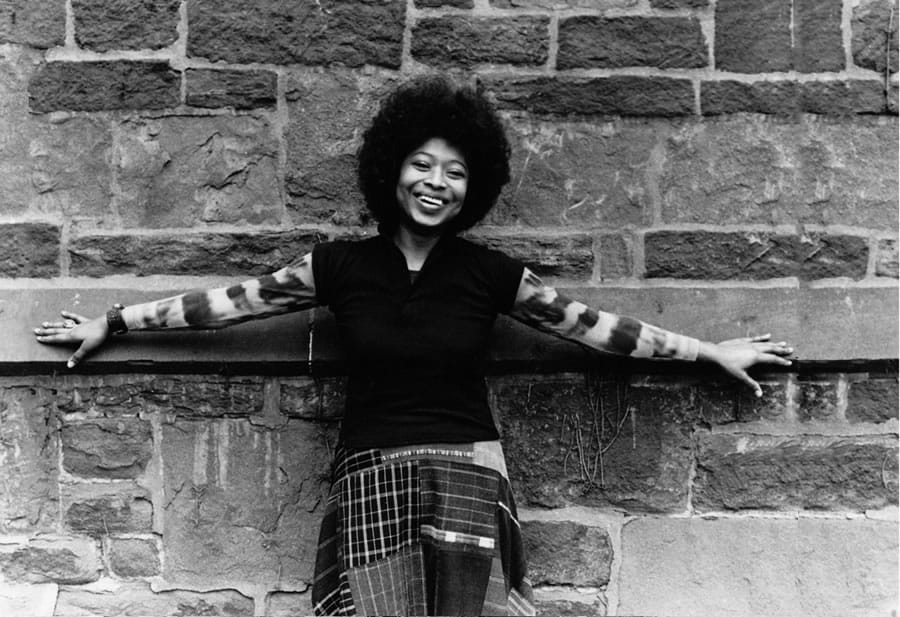
Jordan and Harper Discussion Essay
Contemporary American poets use a huge amount of various methods to make their poems more understandable to readers. For example, style, form of writing, way of expression feelings, tone, figurative language methods and others. Modern poets are extremely important to fast moving world and community because they depict problems and questions that worry society: discrimination and rights, love, pain, nature, injustice and others.
This paper compares contrasts two poems of two American poets: “Poem about My Rights” (1980) by June Jordan and “The Waterbowl” (from “Dear John, Dear Coltrane” (1970)) by Michael Harper. Eventually, a lot of modern American poets are likely to dismiss the human landscape. However, Michael Harper and June Jordan are undeniable exceptions to this rule. On my opinion, how wrong it could be understood, a great role of being in common is on that fact that both Jordan and Harper are African American poets. This people are historically suffered much more than white people, thus, their pain and emotions are shown through poems clearer.
The important common thing is the simplicity of the poems, which is characterized with elementary vocabulary and lines structure: “…her eyes had turned the color of okra…there is no love in those eyes…” (Harper 6), “I could not go and I could not think and I could not stay there alone” (Jordan 10). This gives an opportunity to readers to absorb and process the given information. The emphasis, however, created by line break makes every detail and image more valuable.
To make the poem work Harper use literary tools such as concrete details, which create and image: “her eyes turned the color of okra,” “I took her pock-boned jaws,” “a mussel clamped into darkness,” “two matchsticks in a bowl of water” (Harper 6). Indeed, Jordan use details, which concentrate attention on some aspects and involve readers further “my status as a woman alone in the evening, alone on the streets/alone not being the point, the point being that I can’t do what I want” (Jordan 10). Both Harper and Jude have ironic and paradoxical facts that lead to the abstract poems’ image.
Jude wrote her poem in free verse. It is like a personal black woman’s odyssey. She shows frustration and rage at sexual and even racial discrimination: “We are the wrong people of /the wrong skin on the wrong continent…. It was my father saying I was wrong saying that/I should have been a boy because he wanted one…. I am the history of the rejection of who I am” (Jordan 10). She is seemed to affirm vows and herself in order to defend herself when necessary. Harper use metaphors: “…her eyes two matchsticks in a bowl of water,” “like a mussel clamped into darkness,” which can be explained with biological aspects of human’s body (Harper 6). He compares waterblows with eyes.
Harper’s simile and concrete details and metaphor, Jude’s images and rage – all these facts make their poems understandable and interesting for learning.

